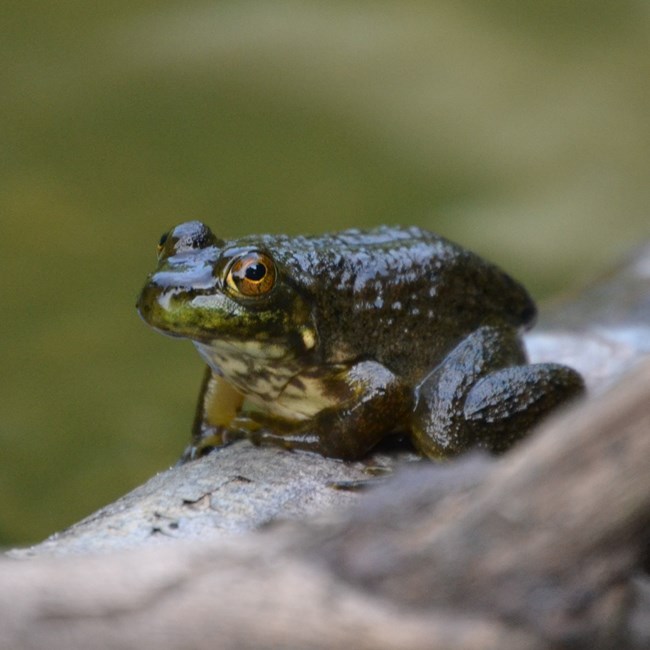Last updated: November 2, 2020
Article
Wetlands - Minute Man NHP
New England’s unique topography and land features gave rise to the colonist’s productivity, identity and ways of life.
The plentiful wetlands in the area are one example of landscape feature taken advantage of by the colonists. Historically, many wetlands in New England were drained to make land suitable for crops, like livestock hay.
Today, these wetlands have been allowed to revert to their natural state and are host to aquatic animals and plants. You can enjoy wetlands along two miles of the Battle Road Trail, as well as in the North Bridge area, contributing to the natural beauty as well as the historical interest of the park.

NPS photo
Vernal Pools
Several vernal pools lie within the boundaries of Minute Man NHP. Vernal pools are small depressions in the land, usually a few yards across, that are wet for some portion of the year. While they are never more than a few feet deep at most, they are critical habitat to several amphibian and invertebrate species that must complete their life cycle in a vernal pool.
Because vernal pools are dry for some portion of the year, fish are unable to reproduce within them. Without predation from fish, certain species of frogs, salamanders and shrimp rely on vernal pools to successfully complete their life cycle.

NPS Photo
Human activities in and around the park can pose a threat to vernal pools. One threat to watch for within a vernal pool ecosystem is salinity level. Nearby roads that are salted to prevent winter freezing can cause water runoff to contain salt. This salt collects in the nearby vernal pools Higher salinity levels in vernal pools may lead to increased mortality in amphibians.
